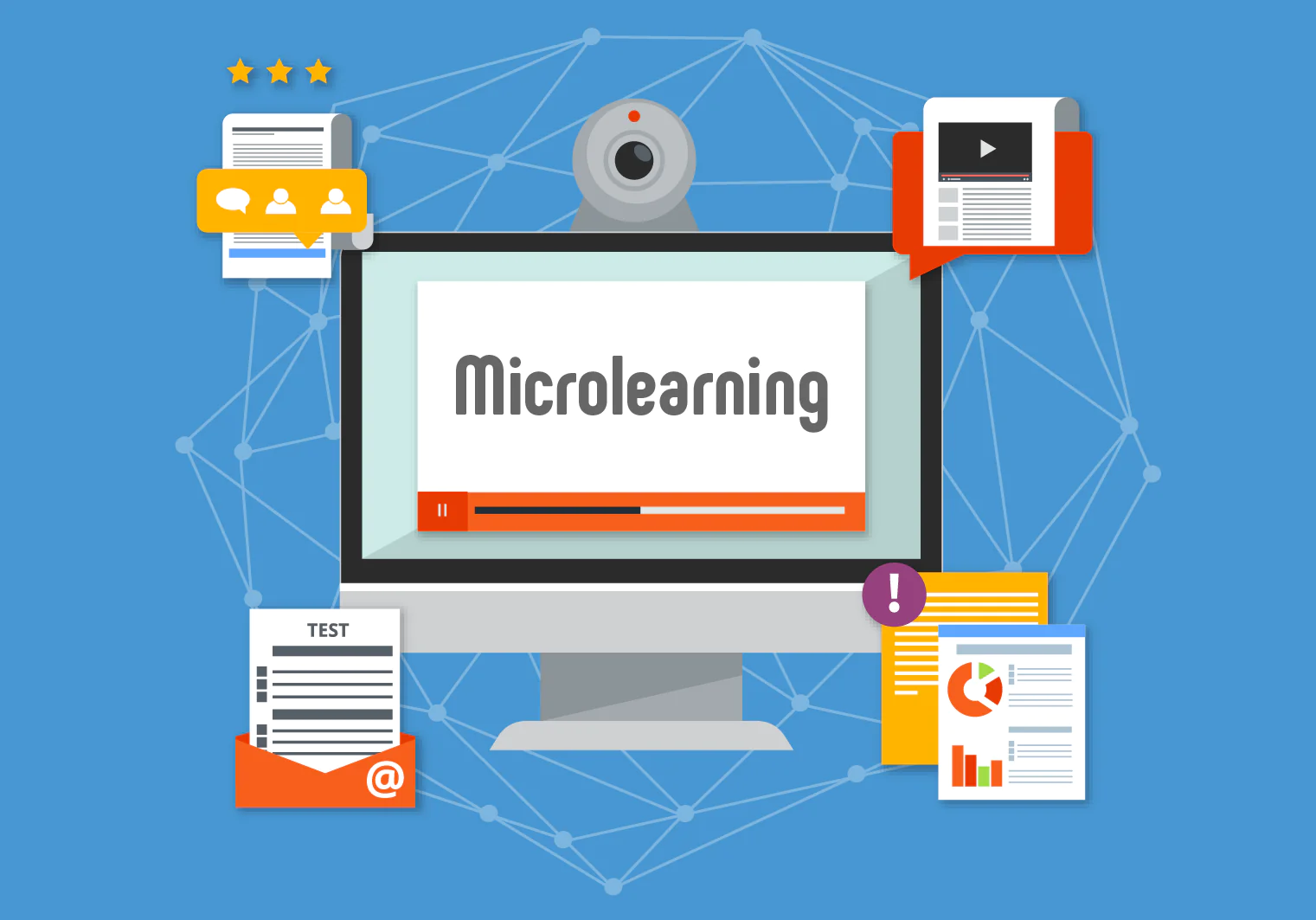
What is Micro-learning & It’s Benefits?
In the ever-evolving world of Skilled Trades, where every shaft alignment or weave of an tungsten electrode requires precision and expertise, the pursuit of knowledge is a lifelong journey. But in a field where time is as valuable as technique, traditional approaches to learning can often feel cumbersome and impractical. Enter micro learning – a dynamic and efficient method of skill development that is revolutionizing the way tradespeople learn and grow.
What is Microlearning?
Microlearning is exactly what it sounds like – small, bite-sized chunks of learning content that are designed to be easily digestible and quickly consumed. Rather than sitting through hours of lectures or sifting through dense textbooks, microlearning delivers targeted information in short bursts, typically ranging from a few minutes to around 15 minutes in length. This approach allows tradespeople to fit learning into their busy schedules, whether it’s during a coffee break or while waiting for the next job to start.
In the context of skilled trades, microlearning offers a tailored solution to the unique challenges faced by tradespeople. From Millwrights to Electricians, Welders to Machinists, Plumbers to Gas Technicians, microlearning provides a flexible and accessible way to acquire new skills, stay up-to-date with industry trends, and troubleshoot common problems on the job.
Creative and Engaging Microlearning Formats
One of the key benefits of microlearning is its versatility in delivering content. Tradespeople are hands-on learners who thrive in practical environments, so it’s essential to keep learning materials engaging and interactive. Here are some creative microlearning formats that are particularly effective in the skilled trades:
Video Tutorials: Short, instructional videos are perfect for demonstrating complex techniques or troubleshooting common machine problems. Whether it’s learning how to properly wire a circuit or shaft alignment, video tutorials provide visual guidance that is easy to follow and understand.
Interactive Simulations: Simulations allow tradespeople to practice their skills in a virtual environment, without the risk of damaging equipment or making costly mistakes. From simulating welding scenarios to troubleshooting HVAC systems, interactive simulations provide hands-on experience in a safe and controlled setting.
Quick Quizzes: Quizzes are a fun and effective way to reinforce learning and test knowledge retention. Whether it’s a quiz on electrical safety regulations or a quick assessment of plumbing codes, quizzes keep tradespeople engaged and motivated to learn.
Infographics and Cheat Sheets: Visual aids such as infographics and cheat sheets provide quick reference guides for common tasks and procedures. Whether it’s a guide to pipe fittings or a diagram of construction blueprints, visual aids help tradespeople quickly access the information they need on the job.
Mobile Apps: Mobile apps offer on-the-go access to training materials, allowing tradespeople to learn anytime, anywhere. Whether it’s reviewing safety protocols or accessing troubleshooting guides, mobile apps provide a convenient way to stay connected to learning resources on the job site.
Benefits of Microlearning in Skilled Trades
The benefits of microlearning in the skilled trades are clear:
Flexibility: Microlearning allows tradespeople to learn at their own pace, on their own schedule. Whether it’s a quick refresher on a specific technique or a deep dive into a new skill, microlearning offers flexibility that fits seamlessly into the busy lives of tradespeople.
Accessibility: With the rise of mobile technology, tradespeople can access microlearning materials anytime, anywhere, using their smartphones or tablets. This accessibility ensures that learning is always within reach, whether it’s on the job site or during downtime.
Engagement: Microlearning keeps tradespeople engaged and motivated to learn by delivering content in short, focused bursts. By breaking learning materials into smaller chunks, tradespeople can stay focused and retain more information, leading to greater skill mastery over time.
Cost-Effectiveness: Traditional training methods can be costly and time-consuming, requiring tradespeople to take time off work and travel to training facilities. Microlearning eliminates these barriers by delivering training materials digitally, reducing costs and increasing efficiency.
Retention: Research has shown that microlearning leads to better knowledge retention compared to traditional training methods. By delivering information in short, focused bursts, microlearning helps tradespeople retain more information and apply it more effectively on the job.
In Conclusion
Microlearning is transforming the way tradespeople learn and grow, offering a flexible, accessible, and engaging approach to skill development. By delivering targeted learning content in short, focused bursts, microlearning empowers tradespeople to acquire new skills, stay up-to-date with industry trends, and troubleshoot common problems on the job. As the skilled trades continue to evolve, microlearning will play an increasingly important role in shaping the future of the industry, ensuring that tradespeople have the knowledge and skills they need to succeed in a rapidly changing world.
Ready to accelerate your learning journey in the skilled trades? Visit https://xlr8edlearning.ca/ today and discover how microlearning can take your skills to the next level!



